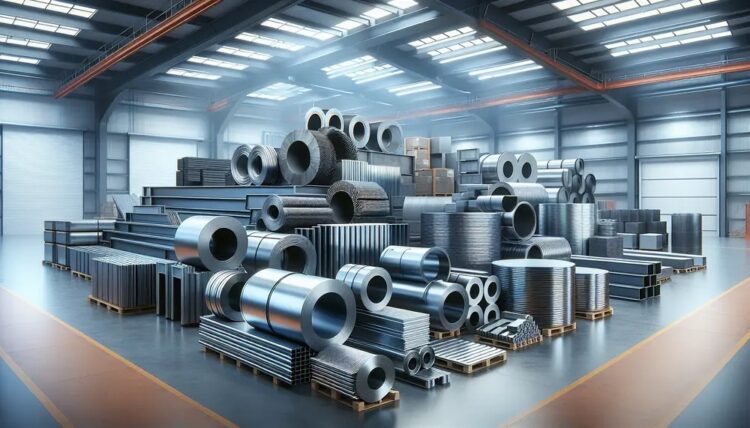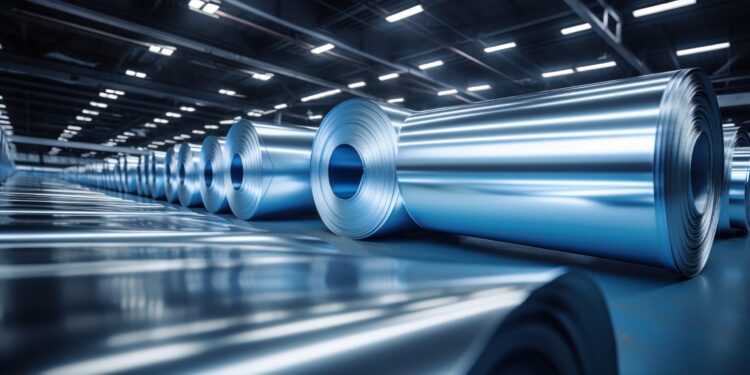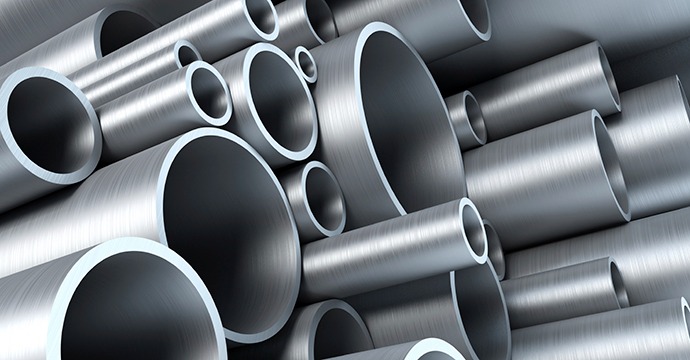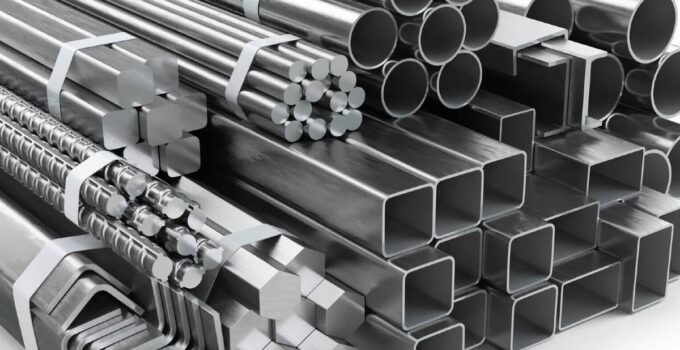Steel has been a front-runner in industries that demand strength, durability, and reliability. But what makes it so special? Let’s uncover why steel reigns supreme in demanding scenarios without making it feel like a chemistry lecture. Instead, picture this as a laid-back conversation about a material that’s tougher than your gym buddy but far more versatile.
Page Contents
Key Points
- Steel offers unmatched strength and durability.
- Alloy variations enhance adaptability for specific uses.
- Corrosion resistance makes it long-lasting.
- Cost-effectiveness keeps it practical for industries.
- Customization options make it perfect for intricate designs.
The Backbone of Industry: Steel and Alloy Variations

Source: blog.cabaro-group.com
When discussing steel’s adaptability, its alloy variations steal the spotlight. Whether you’re designing a high-strength machine or a corrosion-resistant part, alloy steel can meet the toughest requirements. Understanding alloy steel castings requires a focus on their composition, mechanical properties, and wide range of industrial uses.
Their adaptability lies not only in their inherent strength but also in the way they respond to specific treatments and applications. Heat treatments, combined with alloying elements like chromium or nickel, allow these steels to transform into tailored solutions for challenging environments.
Think of alloy steel as a wardrobe full of options—only instead of choosing an outfit for the day, you’re selecting the material that can withstand the heat of a furnace, the pressure of machinery, or the rigors of harsh environments. This adaptability makes alloy steel a cornerstone of modern engineering and industrial innovation.
Why Steel is Unbeatable in Load-Bearing Tasks
Steel’s load-bearing capacity isn’t just good—it’s exceptional. Need to build a skyscraper, a suspension bridge, or a bulletproof vehicle? Steel gets the job done. Its strength-to-weight ratio makes it lighter than most alternatives but capable of carrying enormous loads.
Advantages for Load-Bearing
- Exceptional tensile strength ensures durability under stress.
- Flexibility allows slight bending without breaking—a must for structural safety.
- High melting point means it can handle extreme temperatures without losing form.
Resisting Corrosion: The Ultimate Test

Source: wieland-diversified.com
Corrosion resistance is where steel truly shines. Industrial environments are not kind. Chemicals, saltwater, and environmental factors constantly try to degrade materials. Stainless steel, in particular, includes chromium to form a protective layer, ensuring longevity in corrosive settings.
Imagine your tools or structures as investments. Would you pick something that rusts away in months or a material that stands strong for decades? That’s why steel wins.
Tailored for Intricate Designs
Modern industries need precision more than ever. Steel’s adaptability makes it ideal for custom designs. From tiny parts for aerospace engines to intricate components for medical equipment, steel is the material of choice.
How Steel Excels in Precision Casting
- It allows for thinner walls without sacrificing strength.
- Complex geometries are easier to achieve with casting processes.
- Enhanced dimensional accuracy reduces the need for post-production tweaks.
Comparing Steel with Alternatives
Steel competes with aluminum, titanium, and even advanced composites. Why does it still dominate?
Cost-effectiveness: While titanium offers great strength, its price tag is far higher than steel. Steel provides a balance between performance and affordability.
Maintenance: Alternatives often require more upkeep or specialized care. Steel’s resistance to wear and corrosion means less hassle and lower costs.
Environmental Advantages of Steel

Source: nirmal.co.in
Sustainability matters. Steel is one of the most recycled materials globally. Unlike some materials, it doesn’t lose its properties during recycling. This makes it both eco-friendly and economically viable.
Industries love steel for its ability to combine high performance with environmental consciousness. It’s a win-win situation.
Common Industries That Rely on Steel
Steel dominates industries where reliability is key. Here are a few examples:
- Construction: For skyscrapers, bridges, and reinforcing bars.
- Automotive: Used for frames, body parts, and even engine components.
- Aerospace: Essential for jet engines and structural parts.
- Energy: From pipelines to wind turbines, steel powers energy solutions.
Each of these industries relies on steel’s versatility, strength, and durability.
Tips for Choosing the Right Steel Grade
Selecting the right steel grade isn’t complicated, but it requires focus. Here’s what you need to consider:
- Understand your environment: Is corrosion resistance a priority?
- Check load requirements: Higher strength grades suit heavy loads.
- Look at cost factors: Balance performance with budget constraints.
- Seek expert advice: Consult with manufacturers for tailored solutions.
Closing Thoughts

Source: worldsteel.org
Steel’s dominance isn’t just about its strength—it’s the combination of affordability, adaptability, and long-term reliability. Whether you’re building a skyscraper, crafting intricate parts, or powering the energy sector, steel has a proven track record.
Its ability to resist corrosion, endure extreme conditions, and mold into precise shapes makes it the go-to option across industries. In heavy-duty scenarios, there’s no better contender. Choose steel, and you’re investing in a material that pays dividends for years to come.




